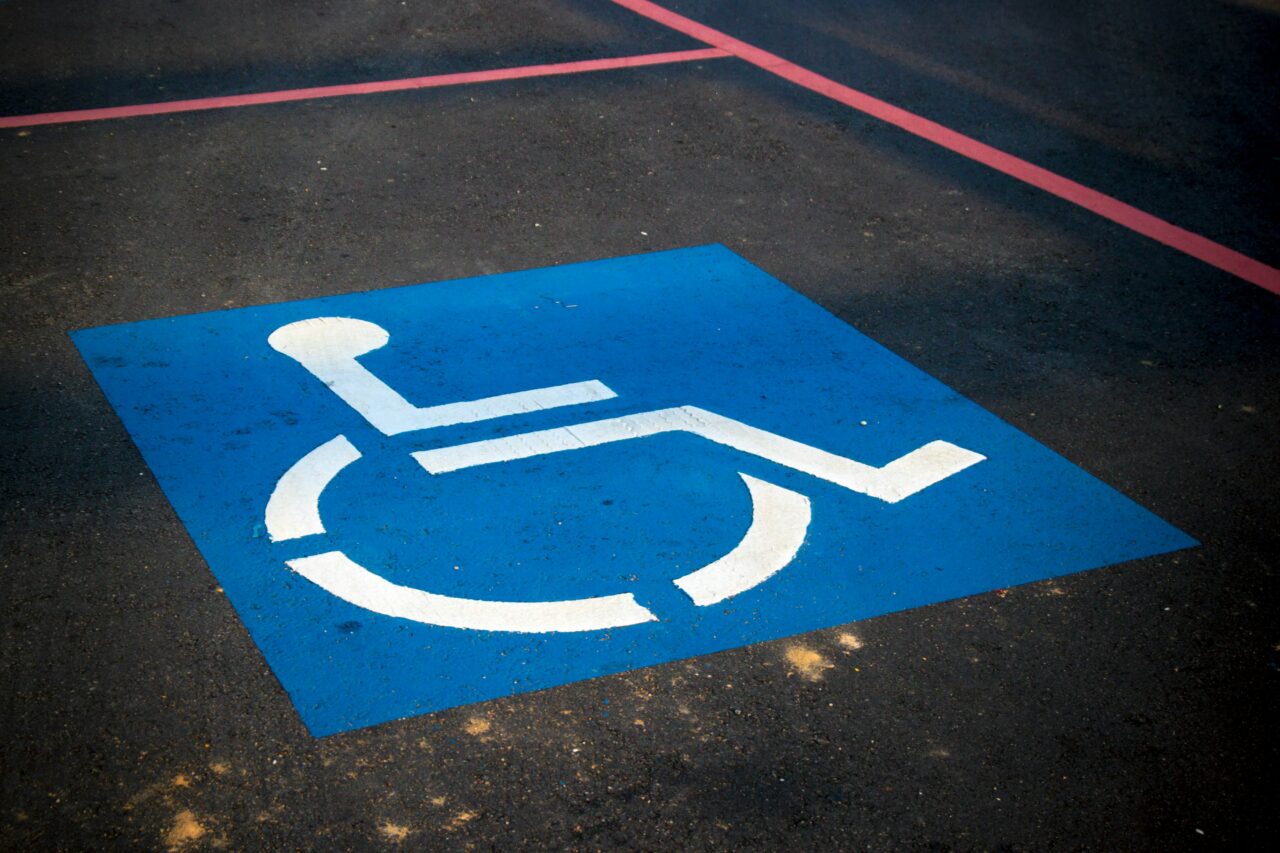Disabled person’s trusts, also known as vulnerable person’s trusts, are trusts commonly used to benefit a disabled beneficiary over gifting to them outright. In this article we will provide an overview of what a disabled person’s trust is and why you might use one.
What is a Disabled Person’s Trust?
A disabled person’s trust (also known as vulnerable person’s trust) is a trust used to benefit a disabled beneficiary. The trust will name a principal beneficiary and whilst they are alive, the trustees will apply both the income and capital of the trust for the disabled beneficiary’s benefit as they see fit.
The trust will also name a class of other beneficiaries. The trustees may also, at their discretion, benefit the other beneficiaries whilst the principal beneficiary is alive. They can only benefit them up to a total of either £3000 or 3% of the capital held in the trust, whichever is lower in value, per annum. This amount will be shared between the other beneficiaries.
On the death of the disabled beneficiary, the trust can either end and be distributed to named default beneficiaries or continue as a standard discretionary trust for the other beneficiaries.
Why use a Disabled Person’s Trust?
A disabled person’s trust will normally be considered when a person wishes to leave a gift to a disabled beneficiary, but it is inadvisable to leave to them outright. This may be for a number of reasons.
Mental Capacity: It may be that the disabled beneficiary does not have the capacity to manage the inheritance and does not have a property and finance LPA. In the event of inheriting outright, an application would likely need to be made to the Court of Protection for a deputyship to manage the inheritance. The use of a disabled person’s trust ensures that the trustees are able to manage the inheritance for the beneficiary.
Lack of ability: The disabled beneficiary may have capacity, but lacks the still to manage the inheritance. The disabled trust would therefore allow the trustees to manage the inheritance on their behalf.
Means tested benefits: If the disabled beneficiary inherits from the will outright, their entitlement to any means tested benefits could be affected. By placing the disabled beneficiary’s inheritance into a disabled persons trust on death, it is ensured that the benefits are protected as the trust will own the inheritance rather than the beneficiary outright. The trustees will usually then manage the inheritance in such a way that ensures that the benefits are not affected.
Tax: A discretionary trust can also achieve the same protection for a disabled beneficiary, but a disabled person’s trust in most cases wraps it up in a more tax friendly package.
How is a Disabled Person’s Trust Taxed?
A disabled person’s trust will receive special IHT benefits assuming the disabled beneficiary qualifies as a ‘disabled person’ for IHT purposes. A person will be treated as a disabled person if either:
- They are incapable of administering their property or managing their affairs because of mental disorder within the meaning of the Mental Health Act 1983; or
- They are receiving (or are entitled to receive) any of the following:
- attendance allowance;
- disability living allowance (DLA) based on entitlement to the care component at the highest or middle rate or the mobility component at the higher rate;
- personal independence payment (PIP);
- an increased disablement pension;
- constant attendance allowance; or
- armed forces independence payment.
The beneficiary must meet this condition either at the time assets are transferred to trust, or where the trust is created by will on the date of death.
If the beneficiary does qualify as a disabled person for IHT purposes, the trust is taxed as a qualifying interest in possession trust. The disabled person is treated for IHT purposes as owning the trust assets. This means that there are no IHT anniversary or exit charges whilst the disabled beneficiary is alive.
On the disabled beneficiary’s death, the trust assets are taxed as part of their estate for IHT purposes. If the trust continues on the disabled beneficiary’s death for the other beneficiaries of the trust, it will from that point be taxed as relevant property.
Conclusion
We hope this provides an overview of the uses and benefits of a disabled person’s trust. If you need any further information please do not hesitate to contact us.
If you have subscribed to our Quiz Membership 2024, please find this article’s quiz here. You must be signed into the partner area of our website to access this.
Photo by AbsolutVision on Unsplash


 © Trust Wills & Probate Limited t/a WillPack. All rights reserved.
© Trust Wills & Probate Limited t/a WillPack. All rights reserved.
You must be logged in to post a comment.